The UK government has ruled that all new buildings with parking will need to include electric vehicle charging from 2022.
The move throws the spotlight back on the viability of on-street charging, given that an estimated one-third of households in the UK have no off-street parking.
The roll-out of ultra-rapid public chargers grabs the headlines, but they remain a small percentage of the overall charger landscape. Currently, slow (3-5kW) and fast (7-22kW) devices comprise 82% of the UK’s total 27,729 public charging network, according to Zap-Map. The focus will swing even more in their direction as local authorities work to solve the problem of getting electricity to street-parked vehicles.
Several companies offer solutions already, tackling urban charging in a number of different ways in an effort to abate range anxiety for EV drivers whose charging is restricted to public infrastructure. Here we investigate them.
Chauffeur to a charger
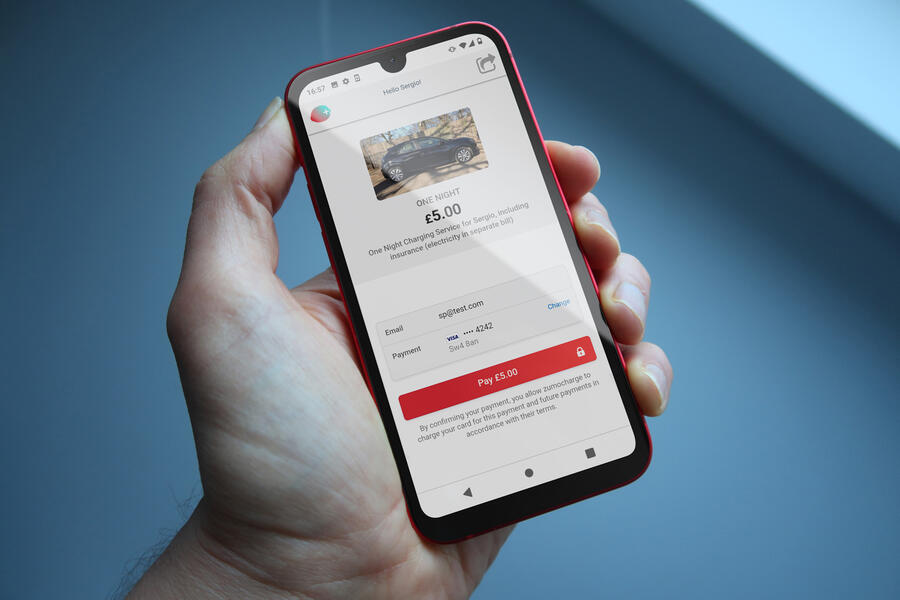
London-based start-up Zumocharge will pick up an EV from a given address, drive it to a nearby charger, charge it and then return it with the battery at least 80% full for a £5 flat fee plus the cost of electricity. Drivers have become more comfortable with the idea of strangers using their car, owing to the likes of airport valet parking, argued company founder Jose París, a former car designer.
“There are people who now value their time more and are willing to pay x amount to avoid the hassle,” he said. Despite the manual labour involved, París said it’s a profit-generating idea that also saves its customers money. Zumocharge will avoid using expensive rapid chargers to peg the electricity cost at 25p per kWh – more than driveway charging but still representing a saving compared with rapid charging (or running a petrol or diesel car). It’s also cheaper than moving to a house with a driveway – particularly in South London, where Zumocharge has just signed up its first customers.
Cables across the pavement
The cheapest solution is to use domestic electricity, but jury-rigged extension archways or on-ground cable-protectors are hardly pedestrian-friendly. One solution is the cable gully, a small metal-lined trench across the pavement to the kerbside that allows cables to be run from house to car without creating a trip hazard. In 2019, Oxford Council pitted cable gullies against other street solutions, such as charging bollards, and found they were the most utilised.

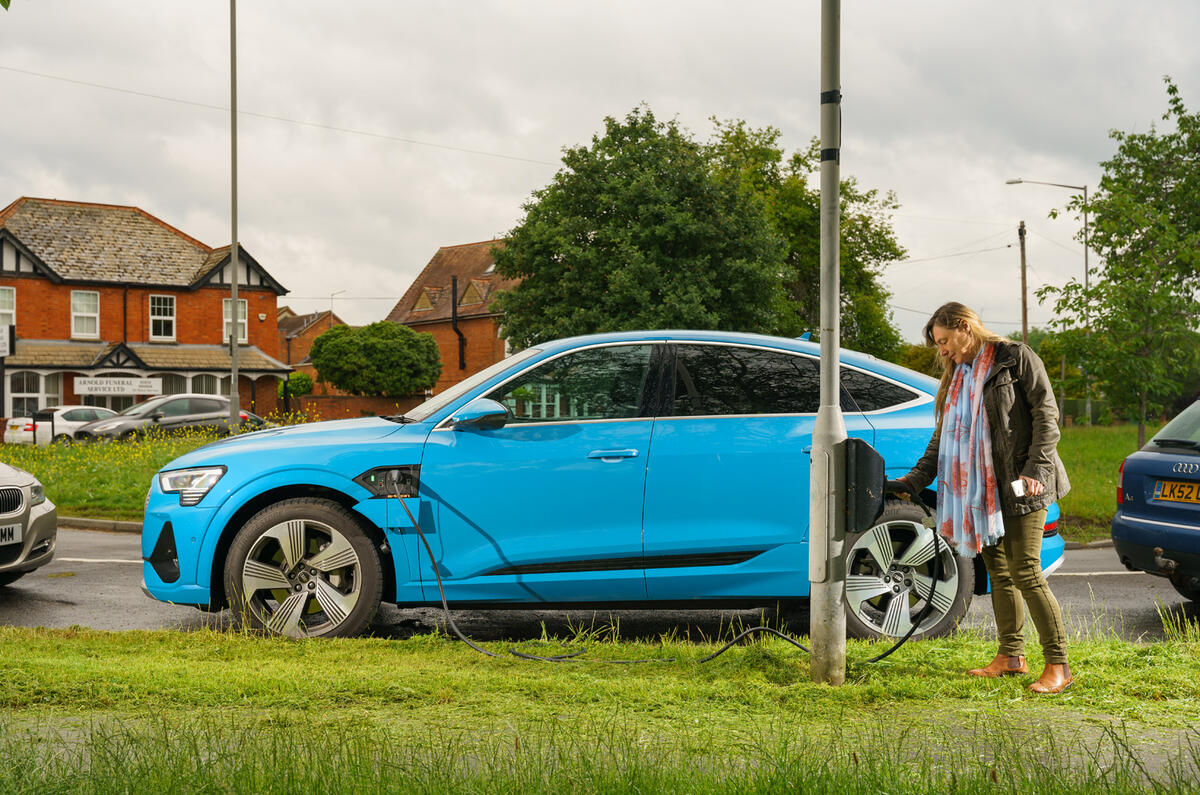
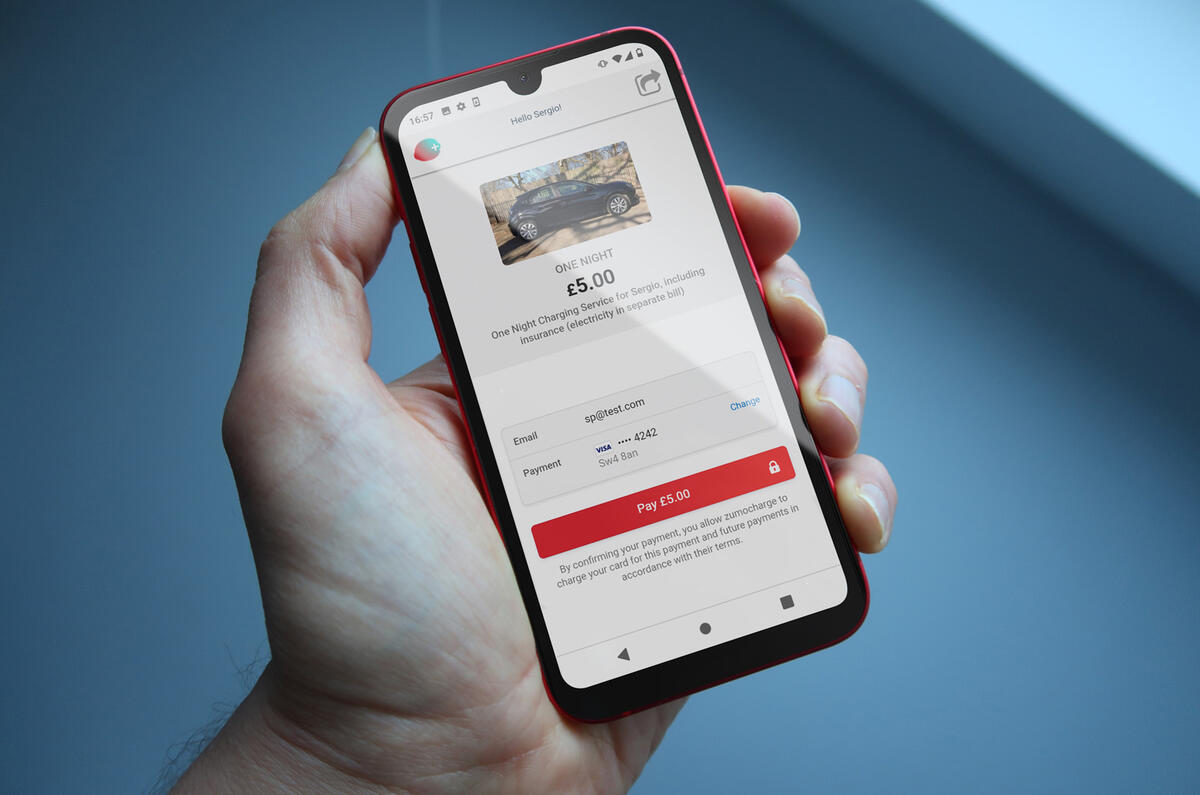
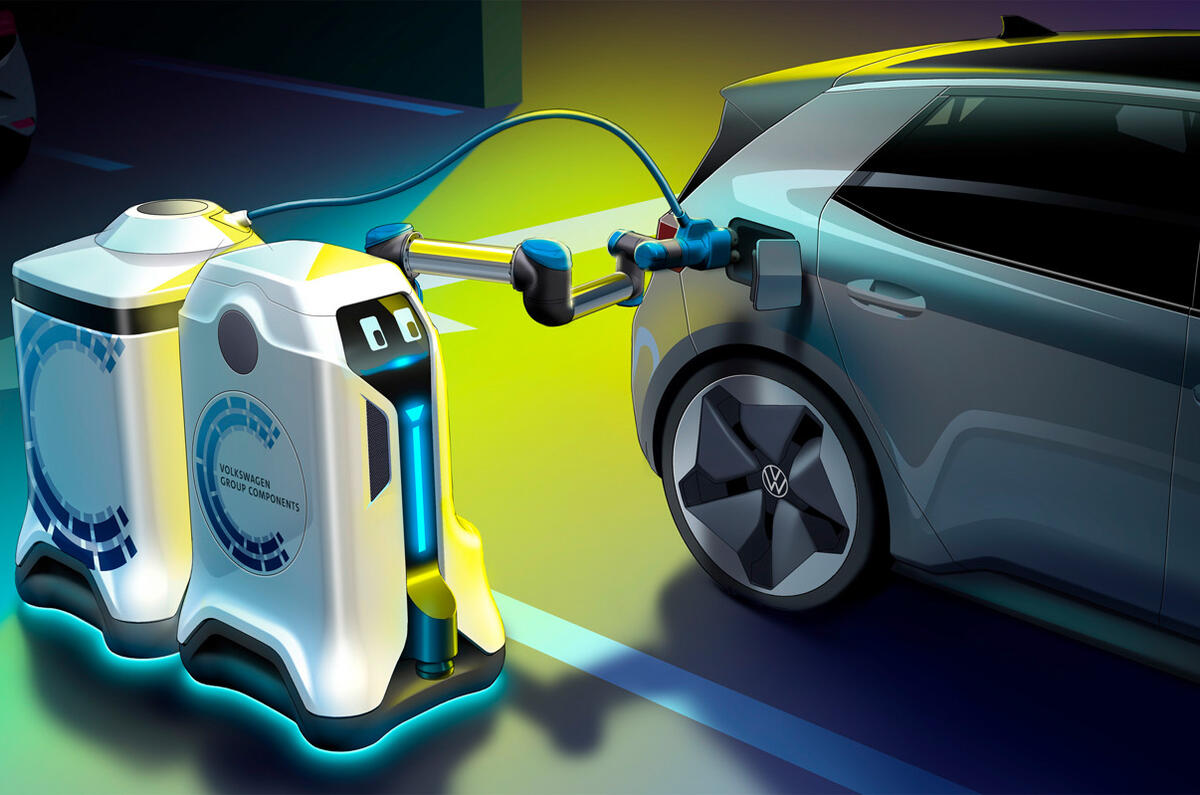
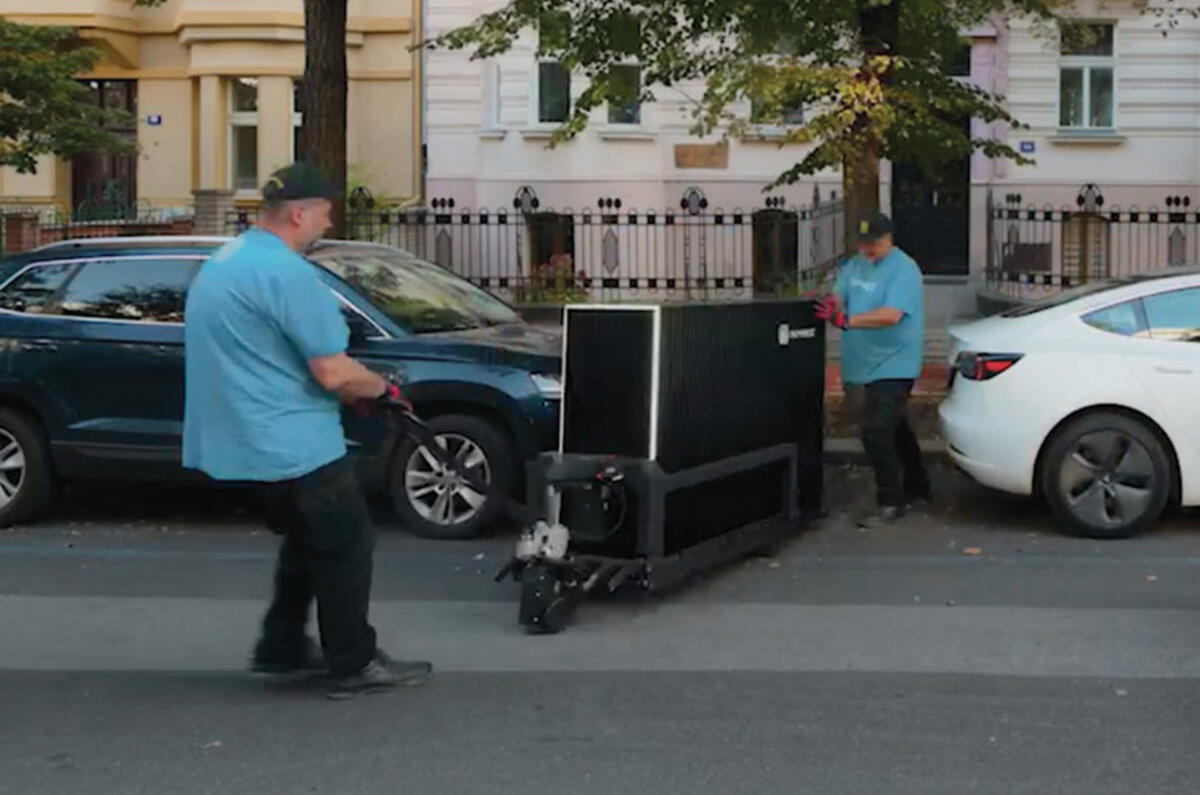
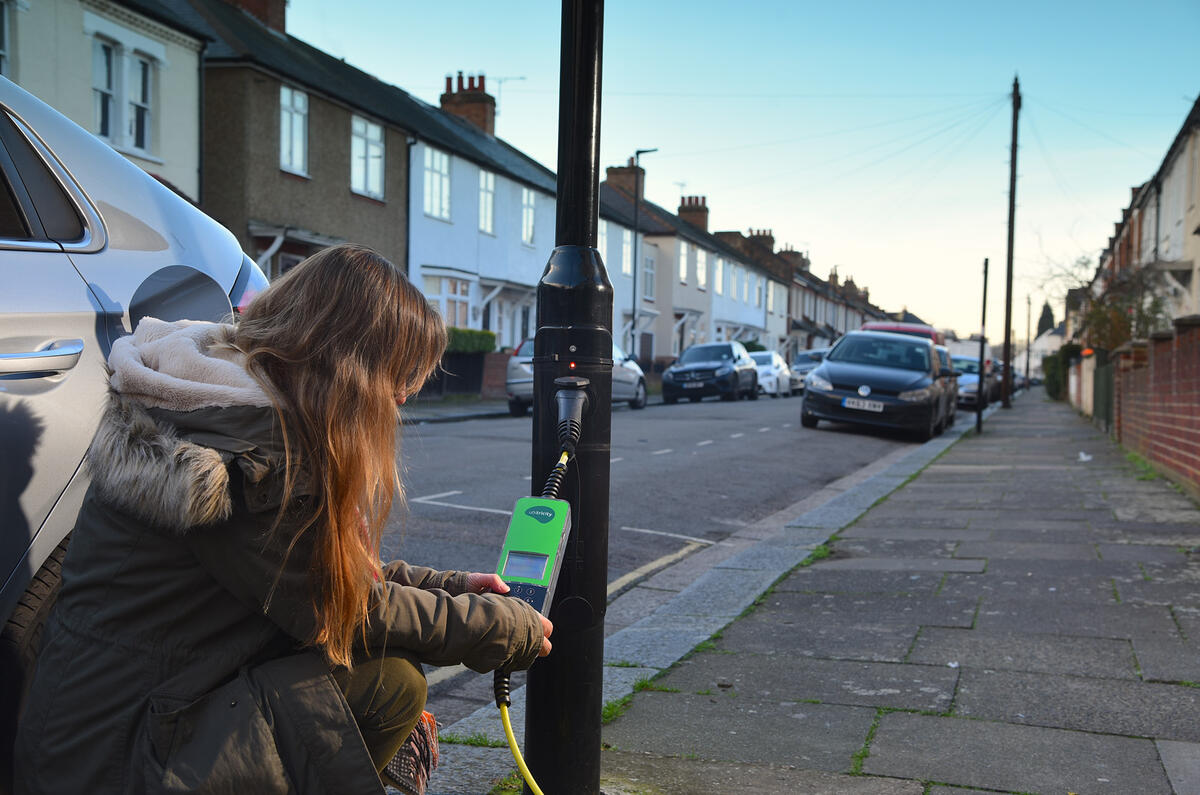
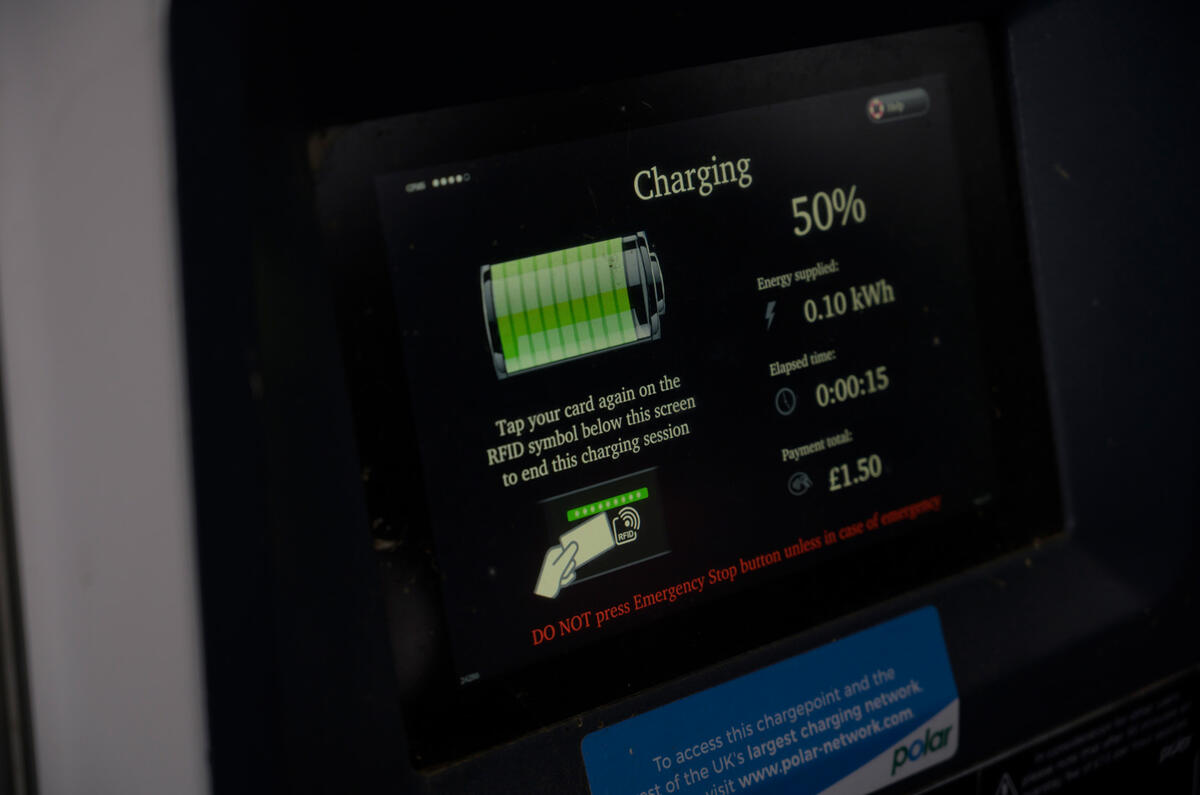
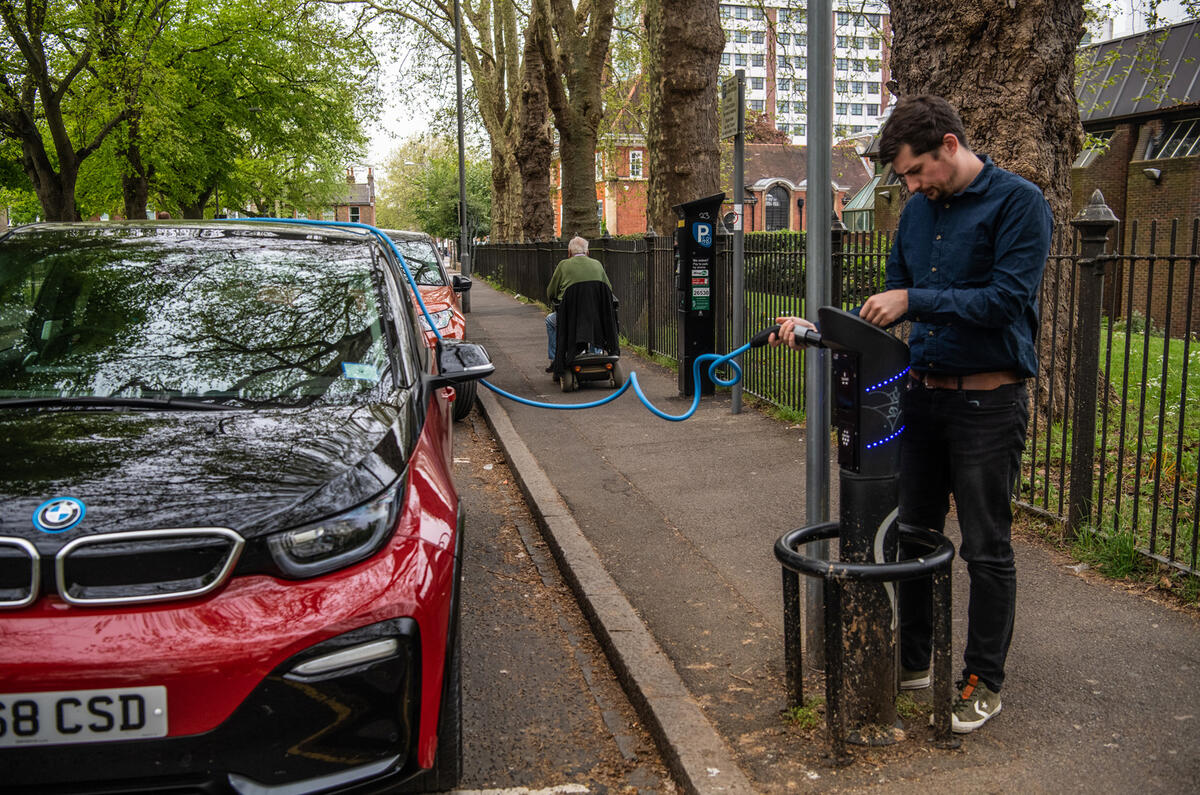
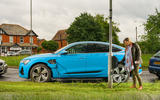





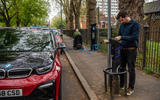

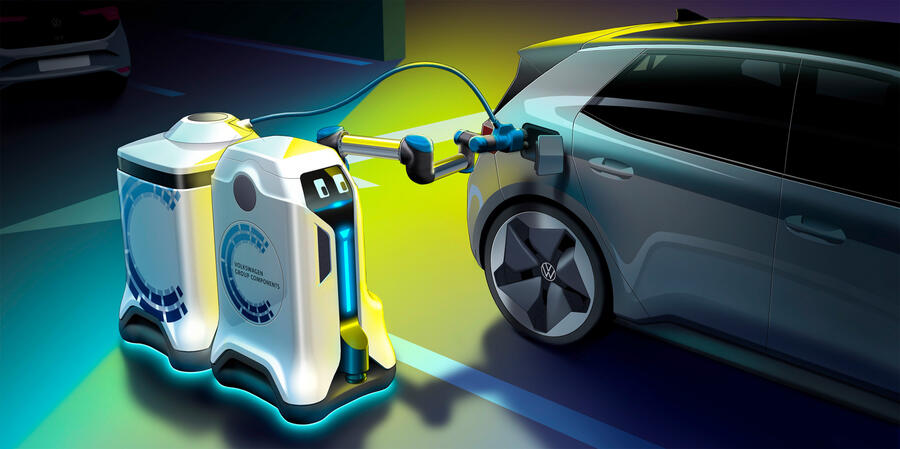
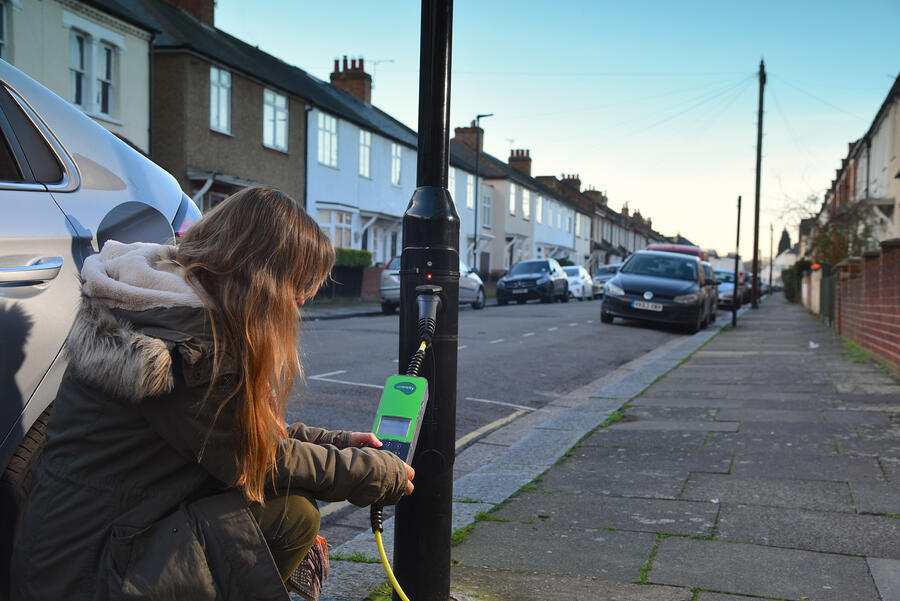
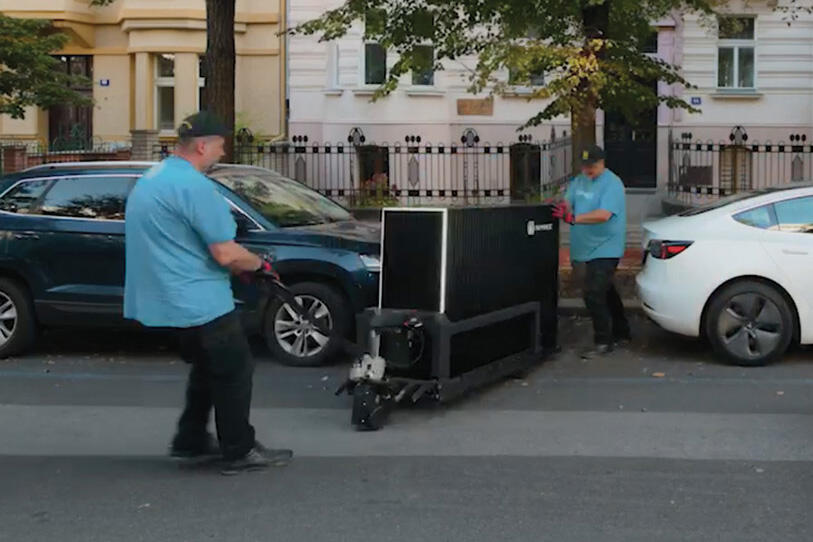

Join the debate
Add your comment
Robots driving down the UKs smooth clutter free pavements, large batteries being wheeled down our streets..
The use of Supermarket parking space charging seems a better plan.
If the Government are expected to fund any of these charging solutions using taxes raised from us, they must reduce or eliminate the grant given to buyers of electric cars altogether.
Of course wouldn't it be best if no one owned a car, we all just leased these electric boxes when needed... Citizen 21000243 your transport is ready..
How is it not in this article?